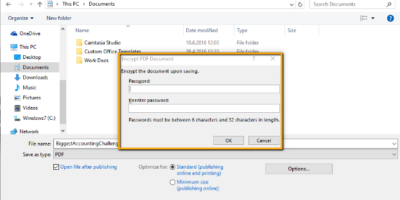Unlocking the Power of A/B Testing: A Key to Optimizing Digital Experiences
In the fast-paced digital landscape, where businesses are in constant competition for user attention, A/B testing emerges as an indispensable tool for optimizing user experiences and maximizing conversion rates. This methodical approach allows businesses to make data-driven decisions, enhancing the effectiveness of their digital strategies.
A/B testing, also known as split testing, involves comparing two versions of a webpage, app feature, or other digital asset to determine which performs better. By presenting different versions (A and B) to distinct segments of users simultaneously, businesses can gather valuable insights into user behavior and preferences.
The Importance of A/B Testing
In the era of digital transformation, where every click counts, A/B testing offers several significant advantages:
1. Data-Driven Decisions: Rather than relying on intuition or assumptions, A/B testing provides concrete data on user preferences. This results in more informed decisions that are backed by real user interactions.
2. Enhanced User Experience: By understanding what users prefer, businesses can tailor their offerings to meet user expectations, resulting in a more satisfying user experience.
3. Increased Conversion Rates: Whether it’s a call-to-action button, landing page design, or even email subject lines, A/B testing can identify elements that drive higher conversion rates, directly impacting revenue.
Key Steps in Conducting A/B Testing
To harness the full potential of A/B testing, it’s crucial to follow a structured approach:
1. Define Your Goals: Clearly delineate what you hope to achieve with the test, whether it’s increasing click-through rates, improving engagement, or boosting sales.
2.
Identify Variables: Choose specific elements to test. These could range from headlines, images, and layouts to pricing and color schemes.
3. Create Variations: Develop two versions—control (A) and variant (B). Ensure that the only difference between them is the variable being tested to maintain the test’s integrity.
4.
Segment Your Audience: Randomly divide your audience into two groups to receive either version A or B. Make sure the sample size is statistically significant for reliable results.
5.
Analyze Results: Once you’ve gathered sufficient data, analyze which version performed better in achieving your defined goals.
Utilize statistical tools to ensure the results are not due to chance.
Common Pitfalls to Avoid
Despite its advantages, A/B testing can be fraught with challenges if not executed properly. Common pitfalls include testing too many variables simultaneously, which can muddy results, or concluding tests prematurely without enough data, which can lead to inaccurate insights.
In a world where user preferences are constantly evolving, A/B testing serves as a robust methodology for continuous improvement and innovation. By systematically testing and refining digital experiences, businesses can stay ahead of the curve, ensuring they meet the ever-changing needs of their users while driving growth and success.
Embracing A/B testing not only equips companies with the knowledge to craft superior user journeys but also fortifies their position in the competitive digital marketplace.





